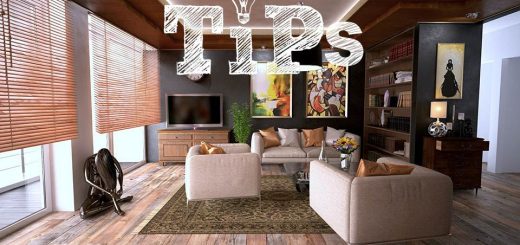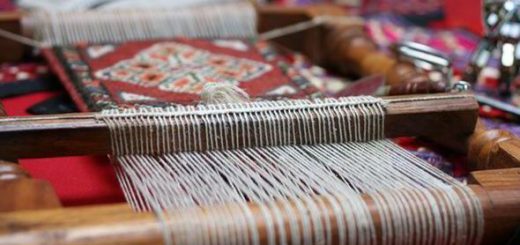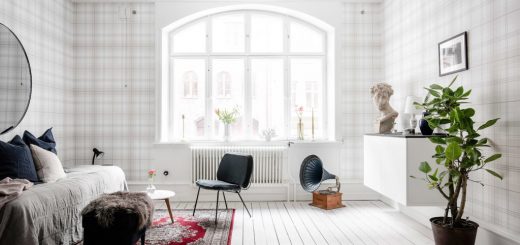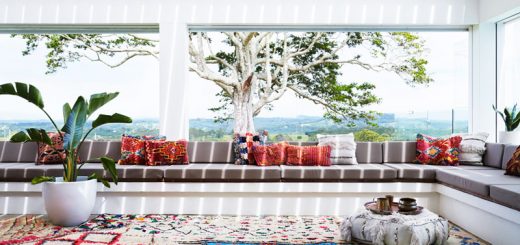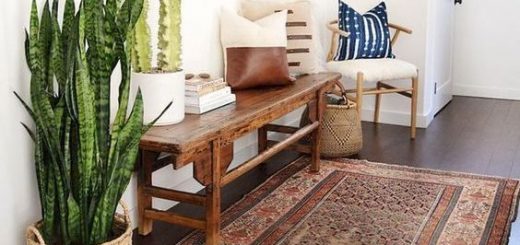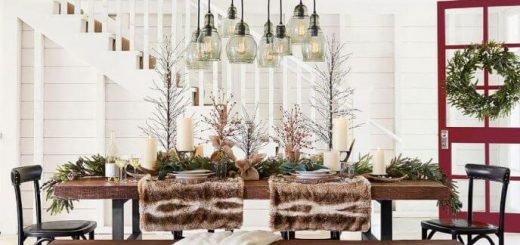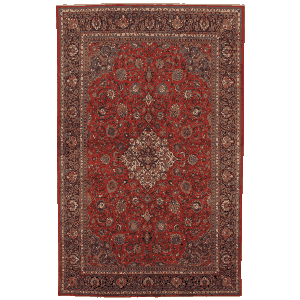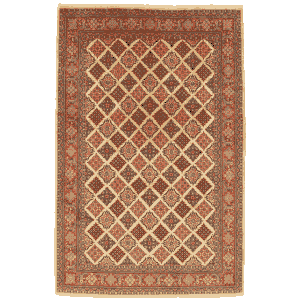How to Pick out Paint Colors from Oriental Rugs
An oriental carpet will not disappear in any room. It’s highly visible no matter how much furniture you stack on it, and the rug represents an investment you’re not likely to jettison any time soon. So make full use of it when you select your decor. The carpet has a dominant color along with any number of contrasting or accent hues to help you narrow down paint choices, suggest wall colors you might not have thought of, and even serve as a color guide for painting adjacent spaces.
More of a Good Thing
If you love the colors in your rug, share the love throughout the rest of the room. Pick up an unexpected accent thread in the rug for upholstery fabric or wall paint. The rug’s faded peach with pale blue tracings can inspire washed-out peach brocade on the Louis XV matching chairs. Upholster the sofa in a whisper of light blue linen, and punctuate the graceful color palette with peacock blue drapes that pool on the hardwood floors, edging the rug. A camel-colored Bidjar carpet with alternating red and cream medallions in the bedroom gives you license to “antique” the walls with camel color-wash or faux Venetian stucco. Red and cream vertically striped taffeta drapes and cream bedding with red accents on a quilt border or throw pillows create a room as beautiful as your carpet.
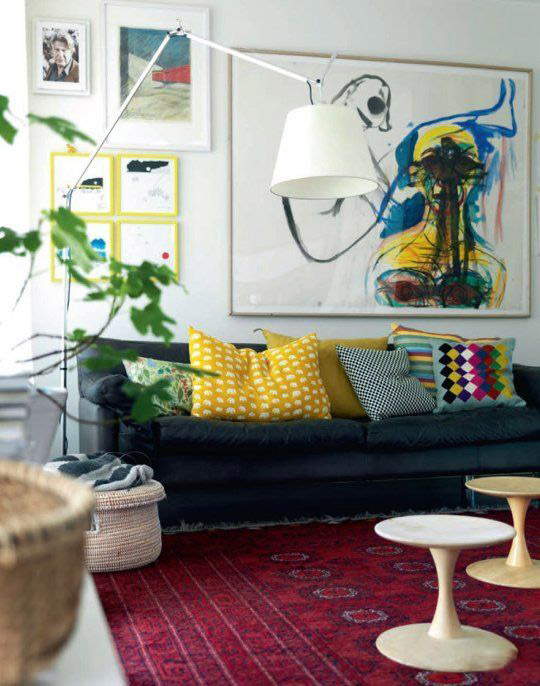
Color-Free Complement
The gorgeous old Kashan silk carpet would sit by its spectacular self in the room if you and your guests didn’t need to sit somewhere too. Show it off to the max with monochrome room decor that won’t compete with the knotted silk creams, roses and rich greens. Match the rug’s sheen with buff or ivory silk upholstery on the antique wood-framed sofa and chairs. Opt for a toast or ivory leather sectional in a contemporary living room. Cover the walls with natural grass-cloth in a wheat or straw color, or paint them the same creamy ivory as the design in the rug.
Alchemical Colors
Make a little magic in your room by playing with the colors in the oriental rug to determine the decor. A blue-dominant carpet is an exciting complement to pumpkin walls, more subdued but no less interesting against paler apricot paint. A red-dominant carpet is vibrant in a room with a triadic color scheme — shimmery light whipped butter paint on the walls, medium blue or sapphire raw silk drapes and a blue velvet love seat. Serenity rules when the rug and room share an analogous color scheme. An emerald carpet with touches of peacock and lime gleams jewel-like in a mint room with stained wood or glossy white trim. Use color theory when picking out an oriental, and when designing the room around it.
Old and Overdyed
Handmade oriental carpets that are stained, faded or otherwise color-worn beyond repair have years of life left in them when they’re overdyed. Overdyeing immerses a rug in a vibrant color bath that turns the fibers a uniform color but doesn’t disguise the original woven design and texture. Tones, patterns and hints of the original color glimmer through the new hue; you can treat the carpet like a solid-color rug, but its history is still there, enriching your decor. A bright purple oriental in a room with flat turquoise walls and distressed oyster trim is intense and just plain fabulous. A brilliant chartreuse runner with the ruby outlines of its rose-patterned border barely peeping through the overdyed yellow-green brings a coral hallway with cream trim alive. Don’t be shy about using dramatic color blocks with your reclaimed, overdyed oriental.

